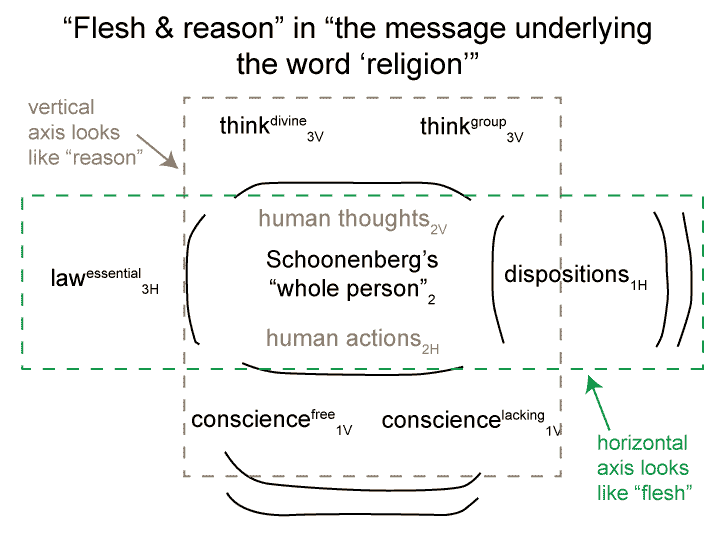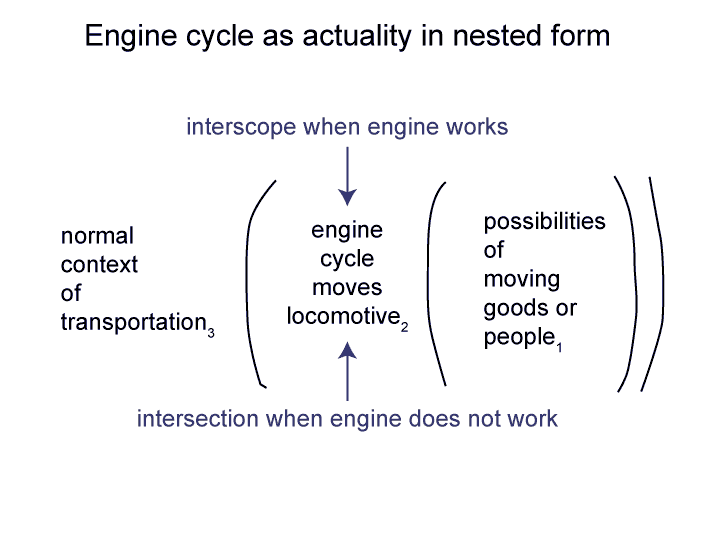Man and Sin by Piet Schoonenberg (1964) 2.3 CQ
[The message underlying the word ‘religion’ resonates with the whole person as modeled by the intersecting nested form. It is like a broadcast composed of an electromagnetic signal.
Electrical and magnetic fields alternate at right angles. As one field becomes actual, the other becomes potential.
The photon moves at the speed of light.
Then a receiver absorbs its energy. The receiver receives the information of the photon’s existence.]


